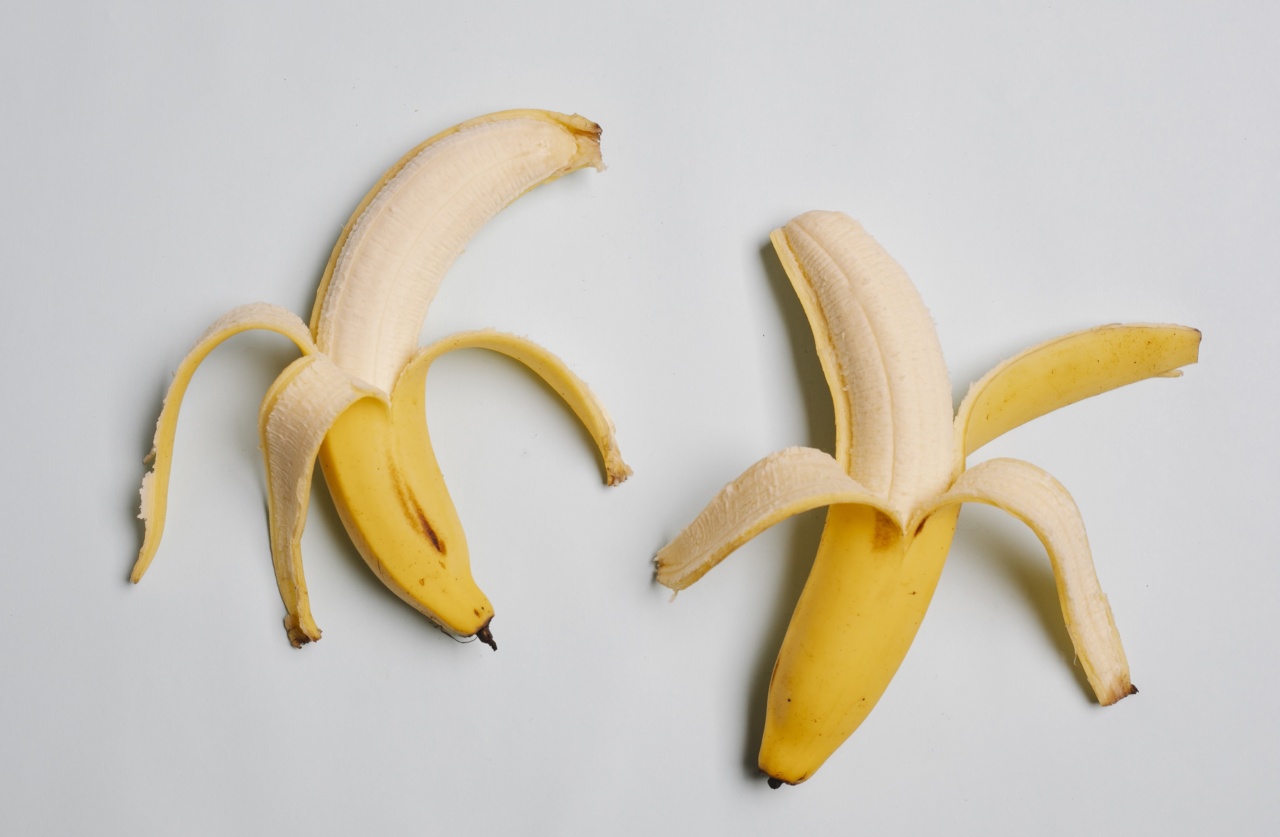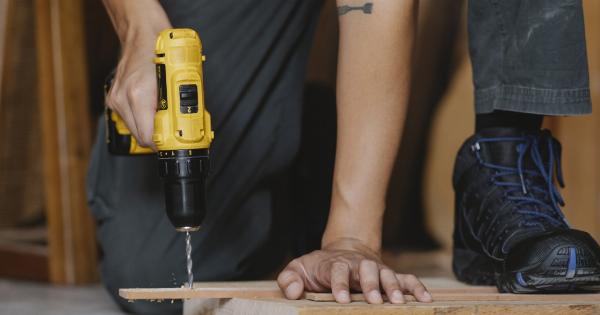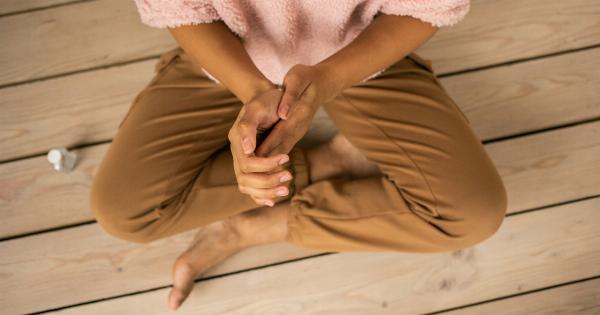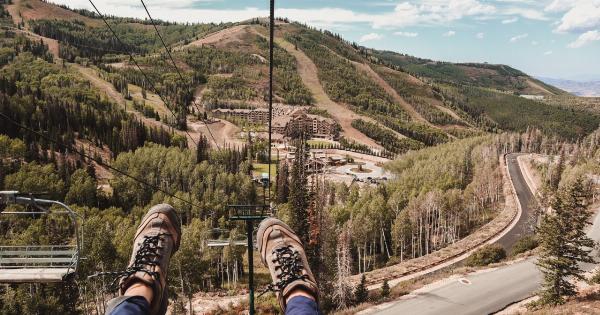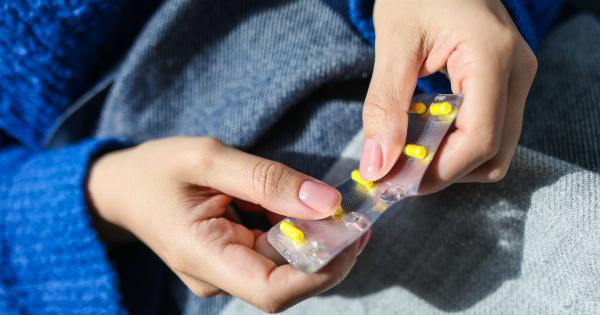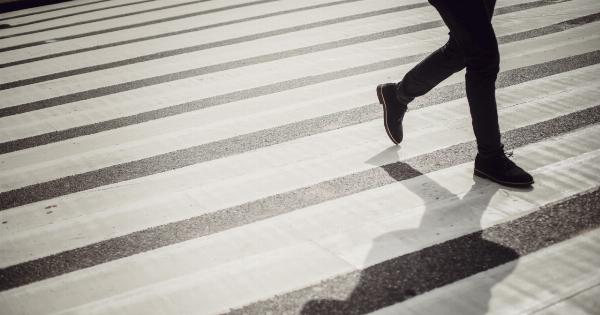Having skin blisters can be not only uncomfortable but also painful. Blisters can occur for a variety of reasons, including friction, burns, allergic reactions, or certain medical conditions.
Regardless of the cause, it’s important to know how to treat and prevent blisters effectively. In this article, we will provide you with three simple steps to deal with skin blisters and get your skin back to normal.
Step 1: Clean the Blistered Area
The first step in treating a blister is to ensure the affected area is clean and free from any potential infection. Follow these sub-steps for proper cleaning:.
1.1 Gather necessary supplies
Before cleaning the blister, gather the following supplies:.
- A mild antibacterial soap
- Clean water
- Soft clean cloth
- Sterilized needle (optional)
- Antiseptic ointment or cream
- Adhesive bandage or blister pad
1.2 Wash your hands
Before touching the blistered area, thoroughly wash your hands with soap and clean water. This step helps minimize the risk of introducing bacteria or other germs to the blister.
1.3 Clean the blister gently
Use mild antibacterial soap and lukewarm water to gently clean the blistered area. Avoid scrubbing or rubbing vigorously as it may worsen the blister or cause it to burst. Pat the area dry with a soft cloth afterward.
1.4 Drain the blister (if necessary)
If the blister is large, painful, or restricting movement, you may opt to drain it to relieve discomfort. Sterilize a needle by washing it with soap and water or rubbing alcohol. Gently puncture the blister’s edge, allowing the fluid to drain out.
Once drained, clean the area again with soap and water.
1.5 Apply antiseptic ointment and bandage
To prevent infection, apply a thin layer of antiseptic ointment or cream on the cleaned blistered area. Cover the blister with a sterile adhesive bandage or blister pad. Ensure the bandage is not too tight to avoid disrupting blood circulation.
Step 2: Protect and Soothe the Blister
After cleaning and dressing the blister, it’s important to protect it from further damage and provide relief. Follow these steps to protect and soothe the blister:.
2.1 Avoid additional friction
Friction can worsen the condition of a blister or cause new blisters to form. Protect the blistered area by wearing comfortable, well-fitting shoes or clothing that won’t rub against it.
If the blister is on a frequently used hand, consider using gloves while performing tasks.
2.2 Use cushioning or padding
To reduce pressure, use a soft and protective cushion such as moleskin pads or gel-filled blister pads. Apply the padding around the blistered area to minimize further discomfort or friction.
2.3 Allow the blister to breathe
Whenever possible, expose the blister to the air to aid in the healing process. Letting the blister breathe can help reduce moisture buildup and potential infection.
However, ensure the blister is protected if you’re in an environment where it may get dirty or further irritated.
2.4 Apply soothing remedies
If the blister is causing pain or discomfort, you can try applying a cold compress or an over-the-counter hydrocortisone cream. These can help reduce inflammation and provide some relief. Be sure to follow the instructions on the cream packaging.
Step 3: Monitor and Promote Healing
After you have cleaned, dressed, and protected the blister, it’s essential to continue monitoring its progress and supporting the healing process. Follow these crucial steps:.
3.1 Check for signs of infection
Regularly inspect the blistered area for any redness, increased pain, warmth, or pus-like discharge. These can be indications of an infection. If you notice any of these signs, seek medical attention promptly to prevent the infection from spreading.
3.2 Change dressings regularly
Keep the blistered area clean and dry to aid healing. Change the adhesive bandage or blister pad daily or whenever it becomes dirty or wet. Ensure to follow the cleaning steps mentioned in the initial cleaning process during each dressing change.
3.3 Let the blister heal naturally
In most cases, blisters will heal on their own within a few days or weeks. Avoid popping or ripping off the blister’s skin as it can slow down the healing process and increase the risk of infection.
Allow the blister to remain intact until the skin underneath is fully regenerated.
3.4 Seek medical attention when needed
If the blister shows signs of infection, persists for an extended period, or is causing severe pain, it’s important to consult a healthcare professional.
They can assess the situation and provide appropriate treatment, such as prescribing antibiotics or draining the blister in a controlled environment.
In Conclusion
Dealing with skin blisters doesn’t have to be complicated. By following these three simple steps – clean, protect, and monitor – you can effectively manage and promote healing for your skin blisters.
Remember, it’s crucial to maintain good hygiene practices throughout the process to minimize the risk of infection and ensure a speedy recovery.
